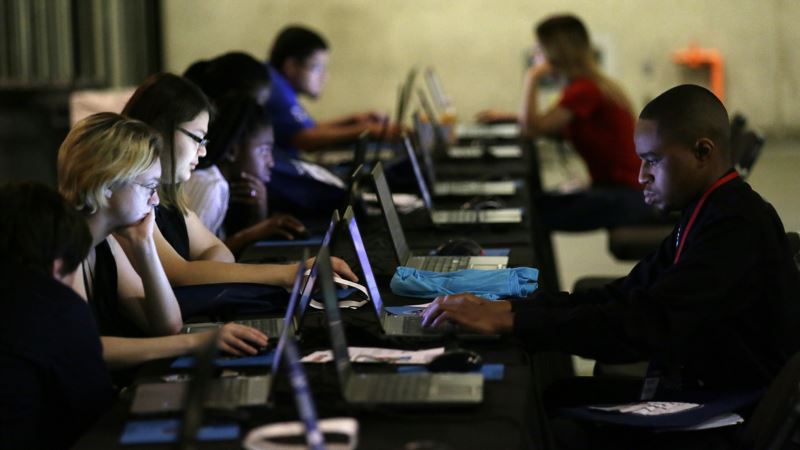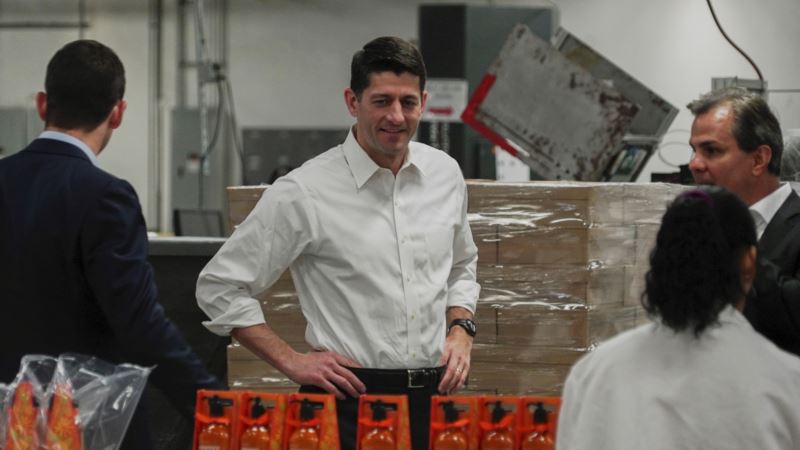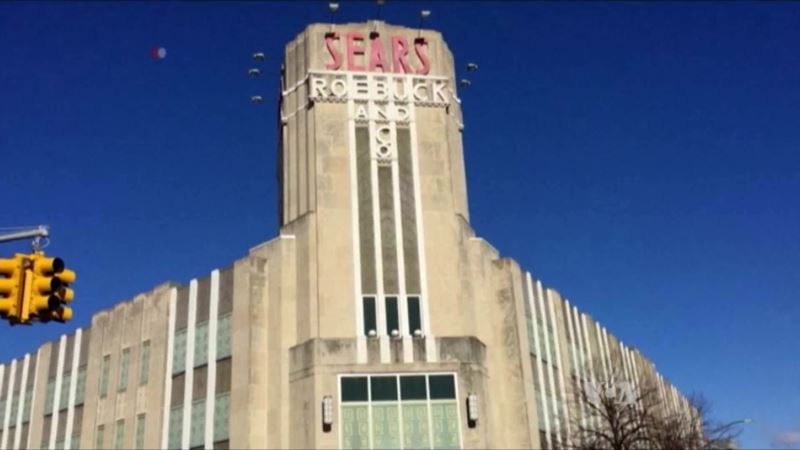More people sought U.S. unemployment benefits last week, the second straight week of increases, though levels remain historically low. THE NUMBERS: Applications for weekly unemployment aid rose 13,000 to 248,000. The four-week average, a less volatile figure, rose 2,500 to 238,000. Applications are a close indication of layoffs. They have been below 300,000, a historically low figure, for 117 weeks. That's the longest streak since 1970. The number of people receiving aid rose 3,244 to 1.8 million, compared with 2 million in the same week last year. The figure has fallen 10 percent in the past year. THE TAKEAWAY: The ultra-low figures add to evidence that companies are holding onto workers and hiring at a steady pace. Americans are spending more, factories have cranked up output and home sales are strong, boosting the economy after it barely expanded in the first three months of the year. KEY DRIVERS: Hiring has remained steady, despite the first quarter's slow growth. Employers added 211,000 jobs in April as the unemployment rate fell to a 10-year low of 4.4 percent. People who'd stopped looking for jobs are coming off the sidelines to find them. The market is looking toward Friday's government report on unemployment for May, which likely will extend the pattern. The report is expected to show that employers added 176,000 jobs in May, according to a survey of economists by FactSet, a data provider. That's in line with the 3-month average of 174,000 job gains. The economy expanded by just 0.7 percent at an annual rate in the first three months of the year, the weakest showing in three years. Yet economists forecast that growth will pick up in the second quarter to roughly 3 percent. Americans are buying homes at a solid clip and are spending more at restaurants and online retailers. Industrial production — output from factories, mines and utilities — jumped 1 percent in April, the biggest gain in more than three years.
US Jobless Claims Rose to 248,000 Last Week






